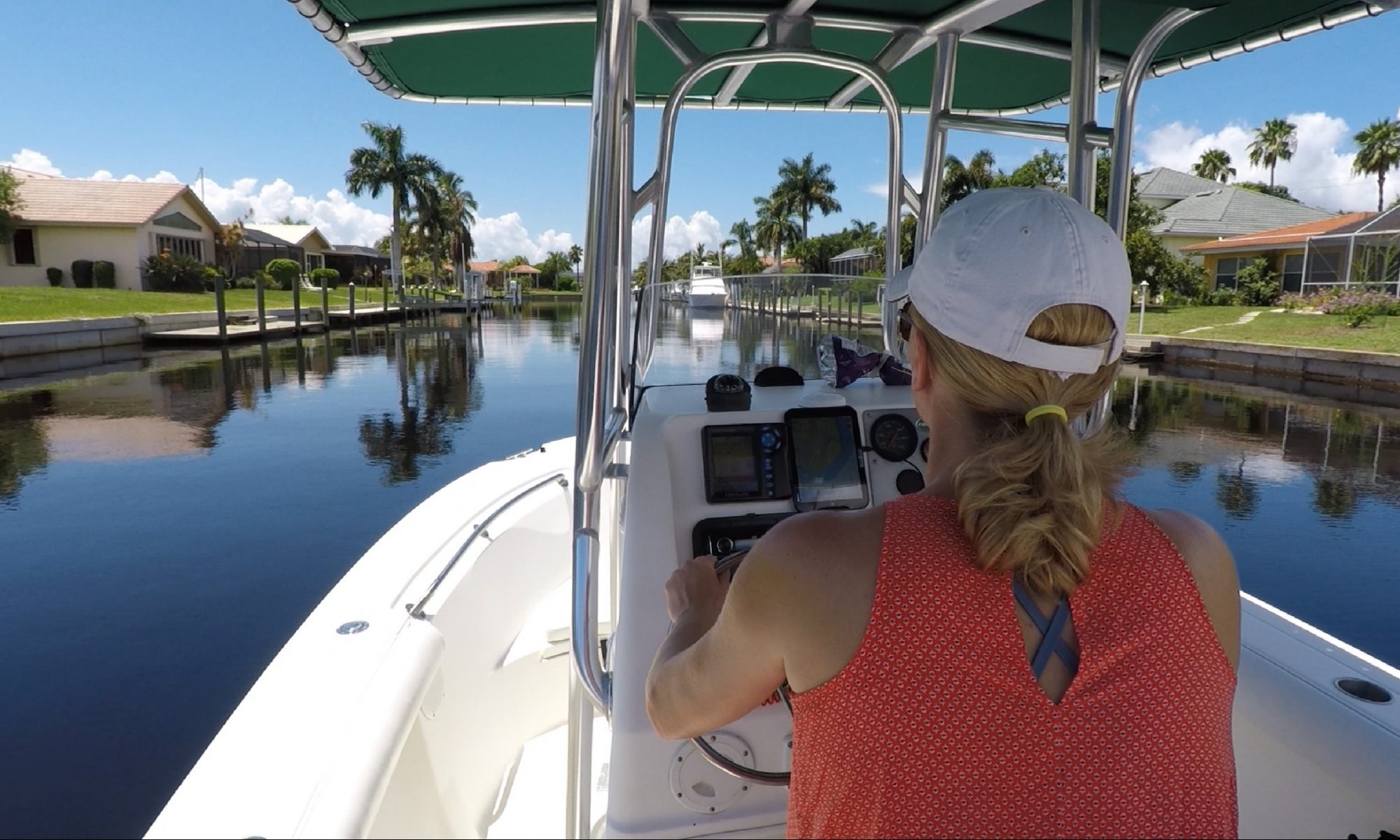Mango and avocado trees can thrive in the subtropical climate of Southwestern Florida. Both of these fruit trees require well-drained soil, ample sunlight, and proper watering.
Mango trees can grow nearly 60 feet tall but are usually maintained at a much smaller size for ease of harvesting. They should be planted in full sun, and in well-drained soil that is rich in organic matter. Mango trees require regular watering, especially during the dry season, but be careful not to overwater, as this can lead to root rot. Mango trees also benefit from regular and balanced fertilization.
Avocado trees are a bit more finicky and require more specific conditions to thrive. They grow best in well-drained soil with a pH between 6 and 7, and require plenty of sunlight. Like mango trees, they require regular watering, but not to the point of causing waterlogged soil. Avocado trees are also susceptible to cold damage, so it’s important to choose a location that provides protection from frost. Additionally, they require adequate air circulation to prevent fungal diseases.
Both mango and avocado trees can be susceptible to pests and diseases, so it’s important to monitor them regularly and take appropriate action when necessary. Common pests for both trees include scale insects, mites, and fruit flies, while fungal diseases like powdery mildew and anthracnose can also pose a problem. Regularly pruning your trees can help to improve air circulation and prevent diseases from taking hold.
When it comes to harvesting in late fall, mangoes are usually ready to be picked when they are slightly soft and yield to gentle pressure. Avocado fruits, on the other hand, take longer to mature and usually take several months to ripen after they have been picked. To encourage ripening, store avocados at room temperature, away from direct sunlight.
